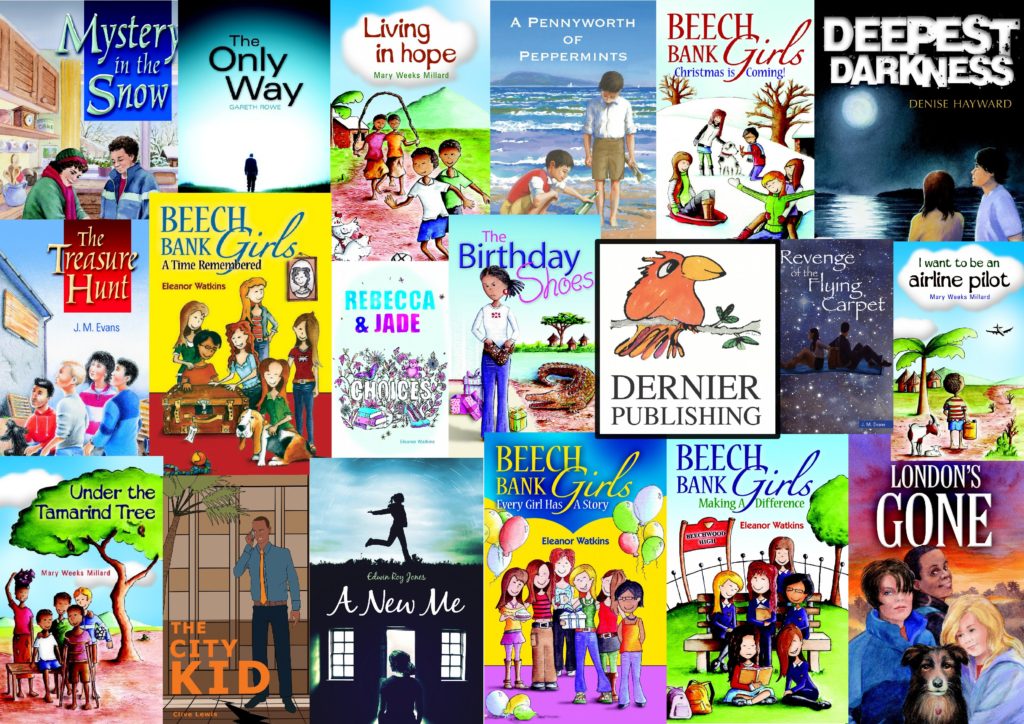Hello and welcome to the Write for a Reason blog! Today I want to take a look at sending book proposals (unsolicited manuscripts) to publishers. This is a topic I have covered before, but it’s something I’ve been asked about recently by a Write for a Reason student who has now finished her novel (way to go Pam!), so I thought it would be worth going over again.
This is quite a long post, in four parts, so hang on!
1. Research
We all know there’s no point wasting our time submitting a proposal for a picture book to publishers who don’t do children’s stories, or a YA novel to a publisher who only publishes adult fiction. And completely pointless if a publisher doesn’t accept unsolicited manuscripts at all!

But how do you go about finding a suitable publisher for your novel? Here are some suggestions:
Step One: Do some research on foot. Go to your nearest Christian bookshop and take a good look at the shelves with books in your genre for your target age range. Just suppose your manuscript became a book, where would it fit? If your book was on the shelf, which publishers could it be with?
Step Two: Buy a good selection of books from different publishers closest to yours in content and length, and for the same age of readers. (While you’re there, encourage the bookshop, be generous, support them in their outreach to the community!)
Step Three: Read the books. 🙂
Step Four: Check out the publishers’ websites. Browse through all their titles, not just the selection you found in the bookshop. By now you should have a good idea which publisher you think your story would fit best with.
Step Five: Find the section on your chosen publisher’s website with information for prospective authors. Do they accept unsolicited manuscripts? If they do, you’ve found where to send your proposal!
Going through all this research will take effort, but what worthwhile thing was ever easy? Skipping the research is likely to cause you a lot of wasted time, and rejection letters you could have avoided.

2. Your Proposal
Once you have chosen your publisher, you need to follow their guidelines for submissions.
They may allow you to send an electronic submission, or they may require a hard copy sent in the post. Check on their website, and whatever they ask for, make sure you tailor your proposal to their requirements.
This is likely to include:
- The first three chapters of your story.
- A complete synopsis of the book.
- A stamped SAE if you’re sending by post and want your manuscript returned.
- A simple covering letter with a short author biography. This needs to include:
- Your full name, email address and telephone number.
- Who the book is for (e.g. girls aged 8-11), and why you have written it (briefly)
- The final word count
- Any previous writing experience/qualifications you have
- A bit about your Christian background (if you are writing for a Christian publishing house)
- Details of your author platform (blog/website, email list, social media platforms, speaking engagements you undertake, other marketing opportunities)
N.B. Don’t forget that publishing is business… money has to be made to pay staff including editors, illustrators and cover designers, proofreaders, reps, distributors, accountants… and of course the bookshops will take their cut, too. There are also overheads: ads, insurance, IT support, rent/rates, equipment/furniture, office supplies, postage/shipping… Plus there is the printing of the book!

These days authors are a large part of the selling process – they need to be willing to do plenty of promotion both before the book comes out, and afterwards. Just saying!
3. The Practical Bit
Good presentation is important. You want to make a good first impression!
- Your proposal needs to be typed in a plain font (this isn’t the time to be creative!), on one side of white A4 paper with large margins: 3cm is fine. Use double line spacing, and number all your pages.
- Use paper clips, not staples.
- Type your name and the working title of your novel in a header on every page.
- Include a title page before your three chapters. This needs to include the title of the proposed book, your name and contact details.
- Number the pages of your first three chapters (and your synopsis, if more than one page).
- Make sure your manuscript has the correct postage – publishers won’t be paying the excess! It’s entirely up to you if you wish to use a signed-for service or go for standard delivery.
- If you want the publisher to return your proposal (should they not want it), put in a stamped, self-addressed envelope.
- Phone or email the publisher, to ask the name of the commissioning editor, to whom you will send your proposal (optional, but it helps).
- Don’t be in a rush. Publishers tend to be extremely busy. Some have certain times of the year set aside for looking at unsolicited manuscripts, so they may not look at your proposal for several weeks. If you haven’t heard within six weeks, feel free to chase them up, just in case your proposal hasn’t made it to their desk, but don’t make a nuisance of yourself!
- Pray!

4. Check, check, check!
Before you put your precious story into the envelope, have you:
- Been through everything over and over again until you are certain you can not make it any better?
- Read it out loud?
- Printed it out and checked for any errors? (It’s amazing what you see in black and white that you don’t see on the screen!)
- Left it alone for a week or two before reading again?
Going through all these steps is time-consuming, but rushing the process might mean it’s not the very best you can do… and that would be a shame.
Finally, send your proposal and celebrate that you have done it! In due course you may be asked to send in the whole story… but even if this time you don’t get a yes, you will have learned a lot along the way, so well done!
Does that help? I hope so! Any queries, please don’t hesitate to contact me.
Next week we will look at ‘rejection letters’, and what they mean. If you don’t want to miss this, you can subscribe here.
In the meantime, if you are still writing your story and all this seems overwhelming, just concentrate on your writing – you can come back to this at any time.
You may not want to go through all this process, anyway! You might want to make your story into an ebook/kindle book, read it aloud, print it off and have it spiral-bound, or go for self-publishing… there are so many different ways to get your story into children’s hands.
There’s a place for publishing, but even if your story reaches only one or two children, and their lives are changed, wouldn’t all your hard work have been worth while? I think it would!
May the Lord lead and guide you as your write, and as you consider your next step.
Have a great week,

Janet
P.S. You can take a look at what we require at Dernier Publishing here.
